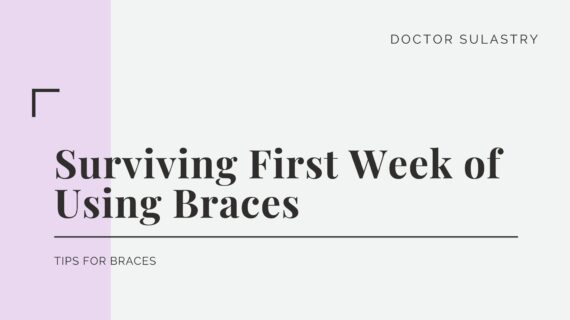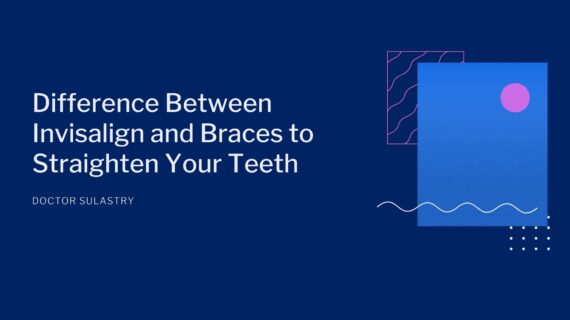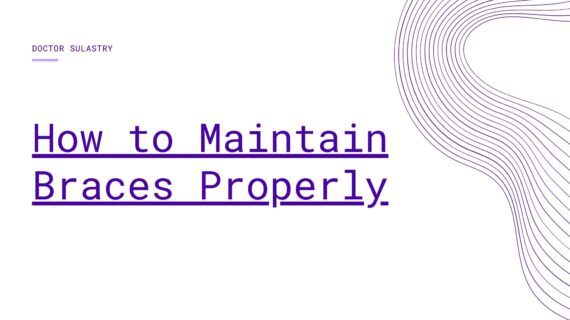Tips Braces – The hardest part about getting braces is making it through the first week. Your body is getting used to the strange, new pieces of metal in your mouth, and you probably feel a little sore at first. Once you get through the first week, you’re well on your way to a beautifully straight smile.
We will all use the most advanced and high-tech treatment options to ensure your braces or Invisalign experience is as fast, effective and easy as possible. While we’ll help you complete the treatment and soon enough you’ll forget that you’re even wearing braces, there’s an adjustment period. As one of the leading braces providers, we give you all the details you need to know to adapt to your new hardware. Here are our tips braces for your first week using braces.
Also Read Long Term Benefits of Braces For Your Teeth
To help you feel more comfortable with braces, here is a list of five tips for surviving the first week:
1. Prepare the things needed when leaving the orthodontics clinic
After getting braces, don’t leave the office until you’ve discussed the following:
- Check the end of the cable. Use your fingers and tongue to make sure the cord doesn’t extend into areas that might puncture your cheek or travel up your tongue in the wrong way.
- Understand the next steps. Make sure you ask lots of questions to make sure you know what to do before your next appointment, which may include wearing headgear, using elastic, following certain hygiene recommendations, and more.
- Check your supplies again. Ask for lots of dental wax, cleaning aids, rubber bands, or other related materials you may need before your next orthodontist appointment.
2. Be careful what you eat with braces and keep consume friendly food also drinks
You are obliged to always pay attention to food and drink when you are wearing braces, we strongly recommend that you only eat softer foods in the first days while your mouth and teeth adjust. Chewing gum that contains sugar can cause damage to your teeth and braces.
We’ll fill you in on what to eat with braces the first week and beyond at your consultation. Your first day with braces or even your first several days, your teeth will be sensitive as we said, so sticking with soft foods and cold drinks is your best bet. Things like mashed potatoes, smoothies, applesauce, soup, pudding, yogurt, ice cream and ice water are great options. Cold beverages have the added bonus of numbing your mouth.
Once you are acclimated to your braces, you can go back to eating most of the foods you love. However, you will want to avoid really hard, sticky or chewy foods like caramel, toffee, popcorn, hard bagels, tough meats, nuts and pizza crust or anything that can damage your braces. You also shouldn’t bite or tear directly into foods like raw apples and carrots or corn on the cob. Instead, strip corn off the cob and cut foods into small, bite-sized pieces and chew with your back teeth.
3. You can use wax to fight sores in your mouth
The brackets are designed to be soft in your mouth, but can rub against the soft skin in your mouth and cause irritation as you get used to them. Over time, your skin will harden and you won’t continue to have sore spots. Until then, it is best to use the candles we provide to relieve any discomfort.
4. Learn How To Handle Emergency Braces
The true emergency of braces is very rare. However, there may be some inconvenience and minor accidents can happen to you. Knowing how to handle them at home can help you feel more confident during the first few days of braces and during treatment. These are common constraints:
- Soreness – As we mentioned , your teeth can ache after you first put the braces and go through the adjustments. Again, sticking to cold snacks and drinks will work wonders. You can also use an over-the-counter salt water rinse or pain reliever if you still feel discomfort.
- Broken or Loose Bracket Braces – If your braces are still attached to the cables, do not remove them. Gently push it back into the correct place and then cover it with a small piece of orthodontic wax. If the bracket breaks and falls off your wire, wrap a piece of tissue around it and remove it from your mouth. Make sure to call our office so we can schedule you to make an appointment to fix it.
5. Rinse your mouth with salt water
If you experience severe irritation, we recommend gargling with a warm salt water solution five or six times a day for 30 seconds at a time. Add half a teaspoon of table salt to one cup of warm water. The salt water will help relieve pain and allow the area to heal faster.
6. Be practice good oral hygiene
Use the toothbrush you provide to clean your teeth after eating, and make sure any food may get caught in your bracket. Don’t forget to follow a routine of brushing your teeth twice a day and flossing regularly. Implementing this habit early in your braces journey will help ensure that you don’t have problems later on.
Everyone adapts to the discomfort of braces differently, but following these steps will make your journey to straight teeth a lot more enjoyable. Once you’ve made it through the first few days, you won’t even notice your braces.


